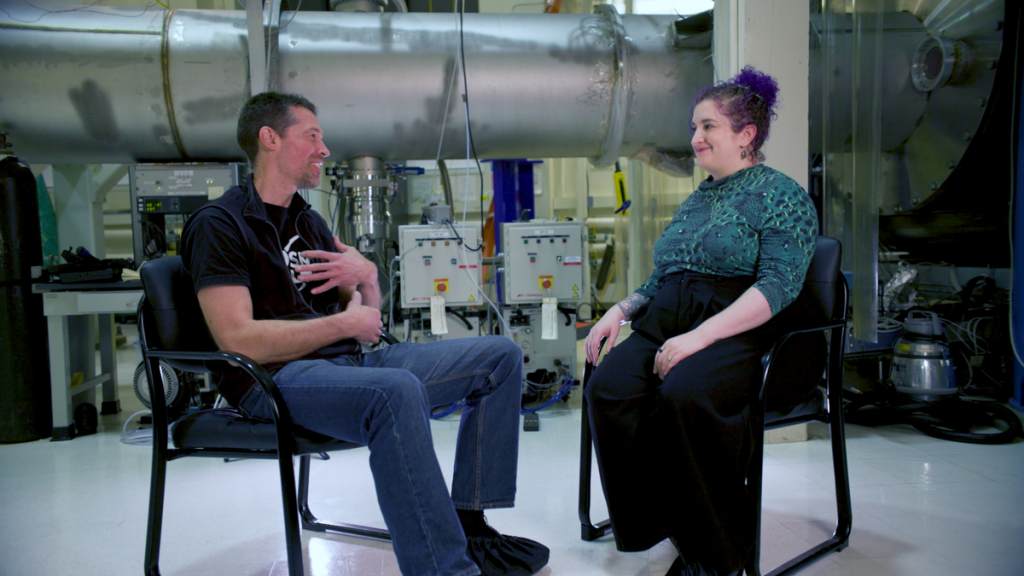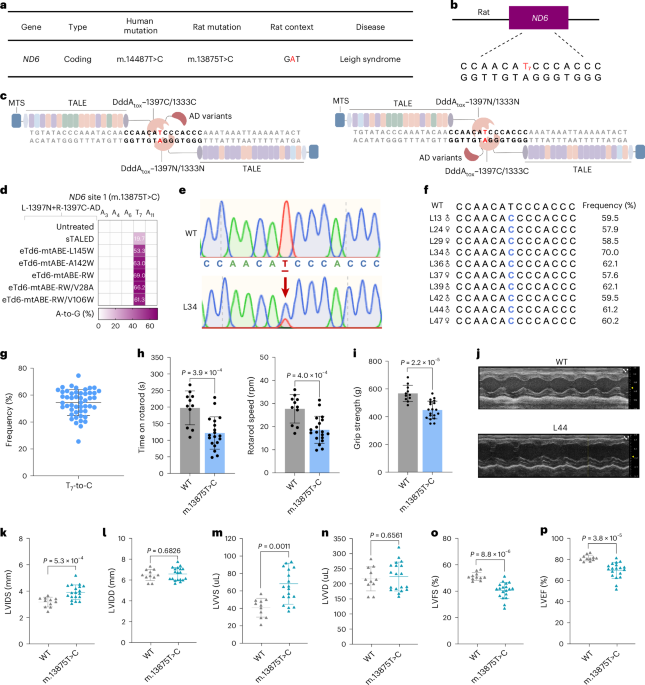Now Reading: Revolutionizing Medicine with Precise Mitochondrial Gene Editing
-
01
Revolutionizing Medicine with Precise Mitochondrial Gene Editing
Revolutionizing Medicine with Precise Mitochondrial Gene Editing
Speedy Summary:
- Mitochondrial diseases are caused by mutations in mitochondrial or nuclear genomes, leading to energy generation issues.Treatments so far target symptoms but aren’t curative.
- Precise mitochondrial DNA base editors,using TALENs and zinc fingers,show promise for correcting pathogenic mutations but face challenges in clinical translation compared to nuclear genome editing technologies like CRISPR.
- Key hurdles include efficient delivery of editing machinery to mitochondria,minimizing off-target errors,addressing heteroplasmy (mixed mutated and wild-type mitochondrial DNA within cells),and overcoming safety concerns.
- Recent studies achieved high precision in rodent models of Leigh disease and LeberS hereditary optic neuropathy with engineered editors achieving up to 82% editing efficiency.
- Barriers for clinical applications remain notable due to the challenges of systemic delivery post-birth and ensuring robust specificity/safety standards akin to other gene-editing therapies.
Indian Opinion Analysis:
The advancements in mitochondrial DNA editing hold transformative potential for inherited disorders, especially given that India grapples with a high burden of genetic diseases. Rodent models demonstrating precise targeting offer hope for future curative approaches; however, challenges such as safe delivery mechanisms and cost-intensive research slow progress toward human trials. For India’s burgeoning biotechnology sector, investing in these methodologies aligns with global trends while addressing local health concerns. The complexity underscores the need for collaborative frameworks between Indian researchers and global gene-editing innovators-promising effective treatments without compromising scientific rigor or accessibility standards.



























